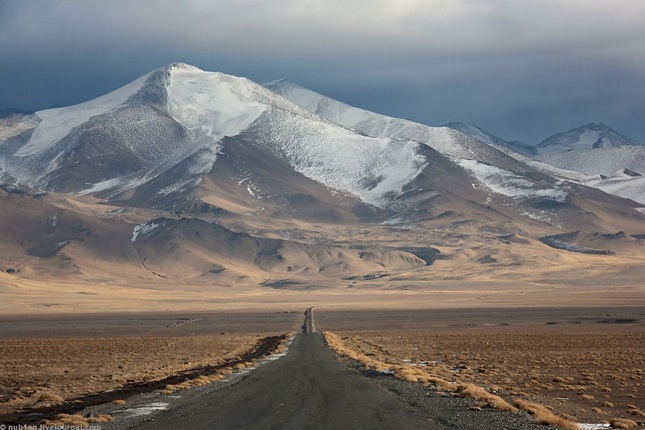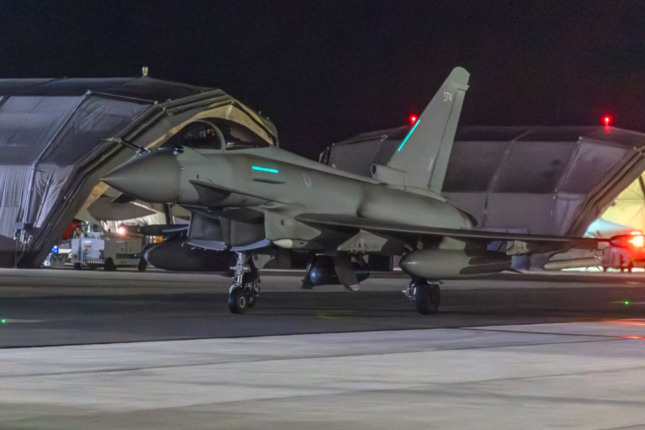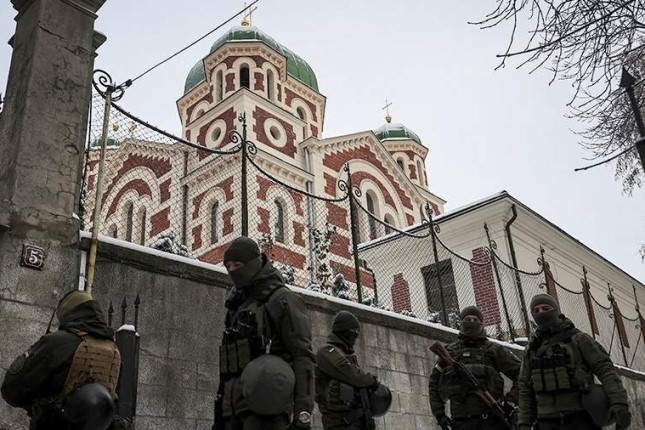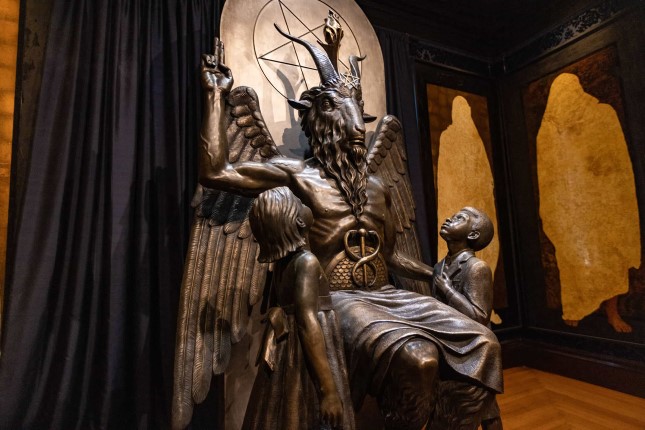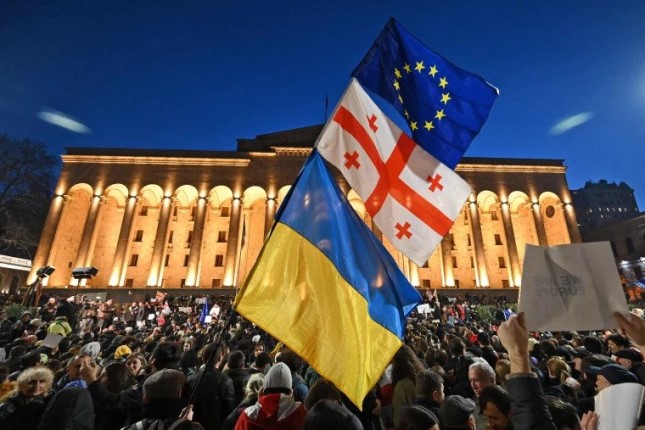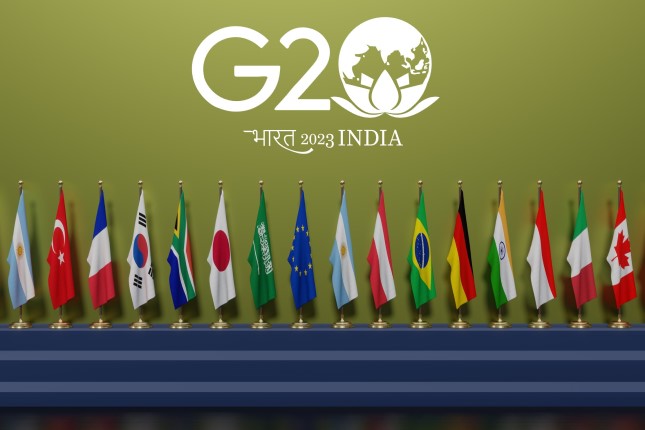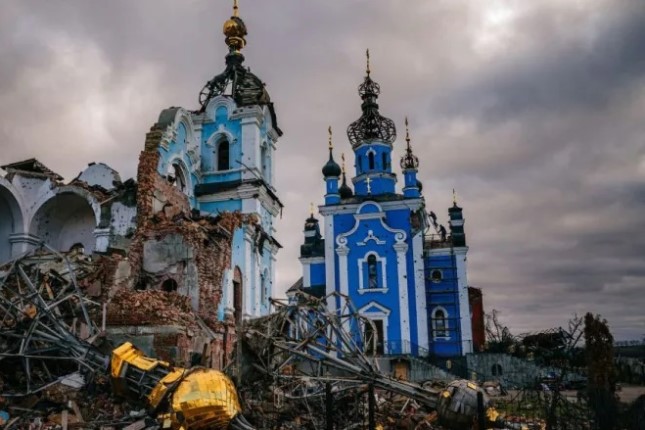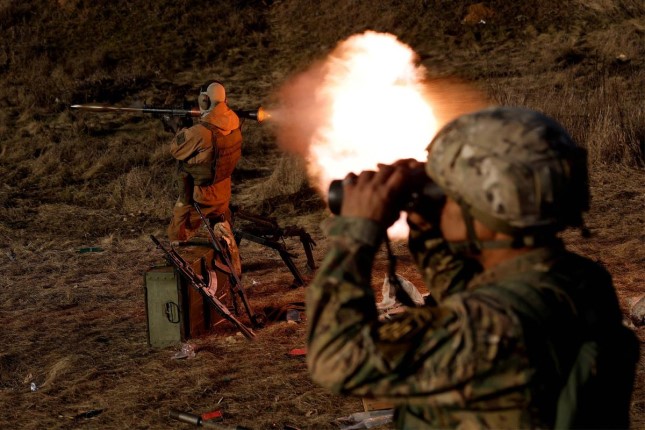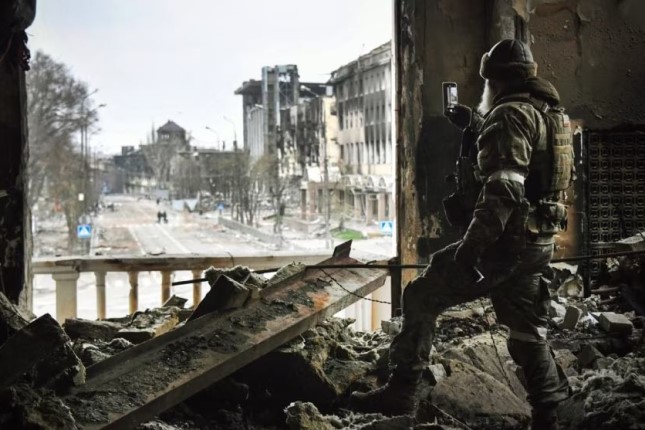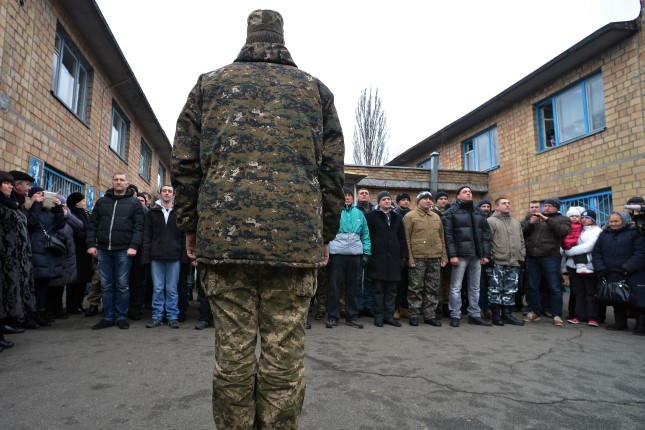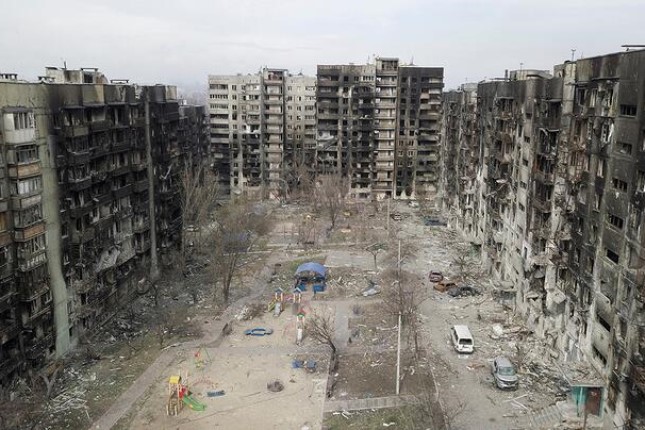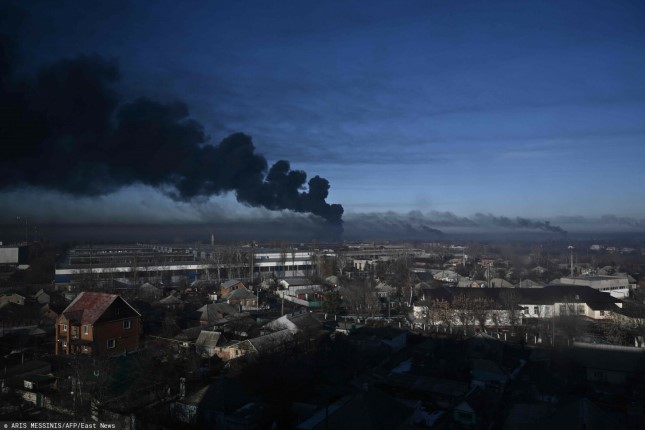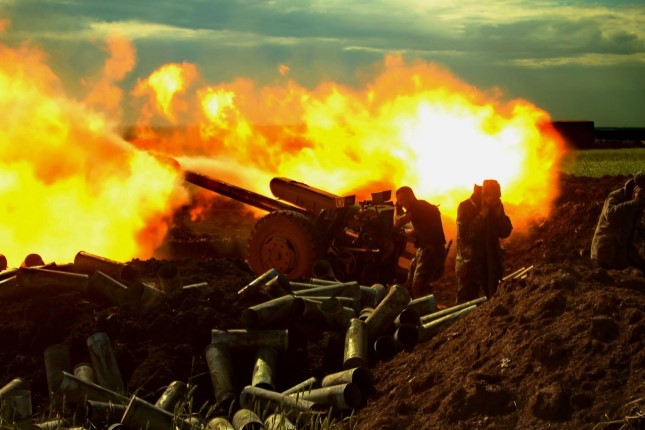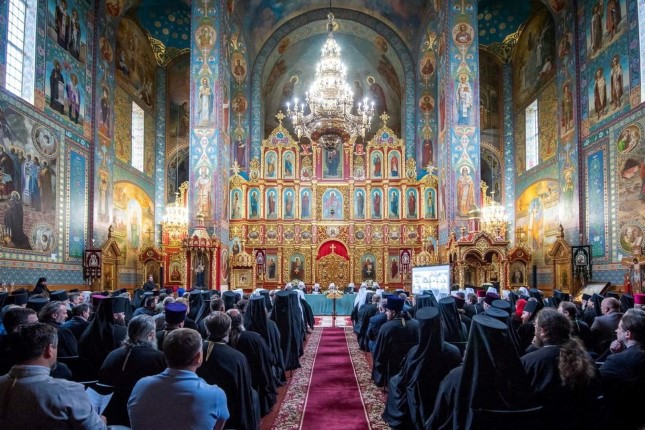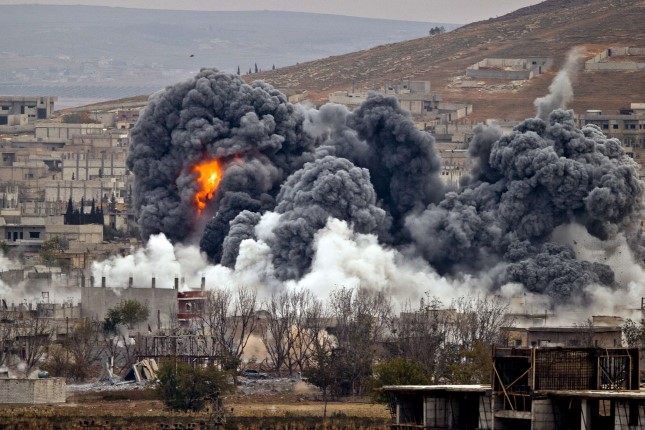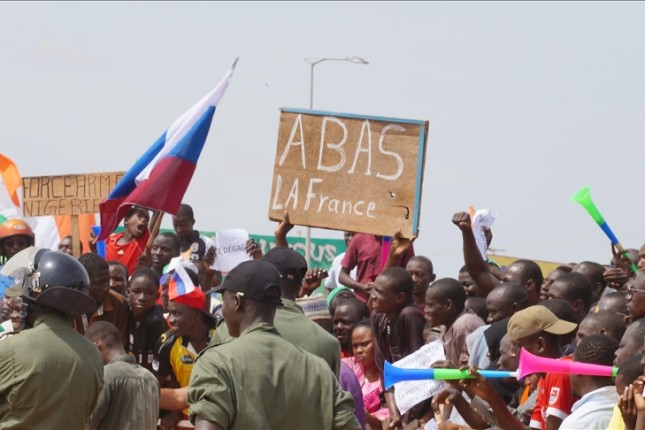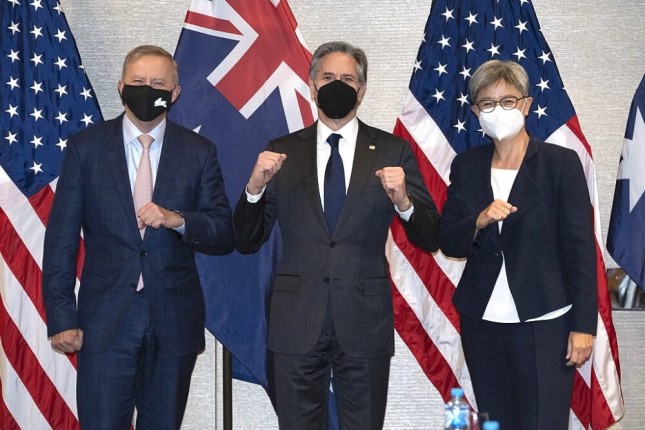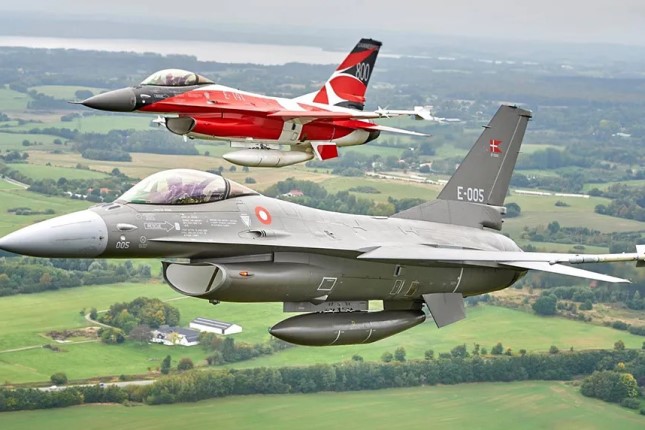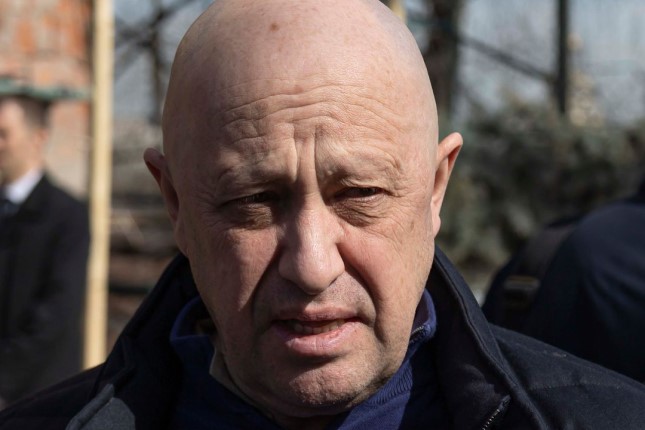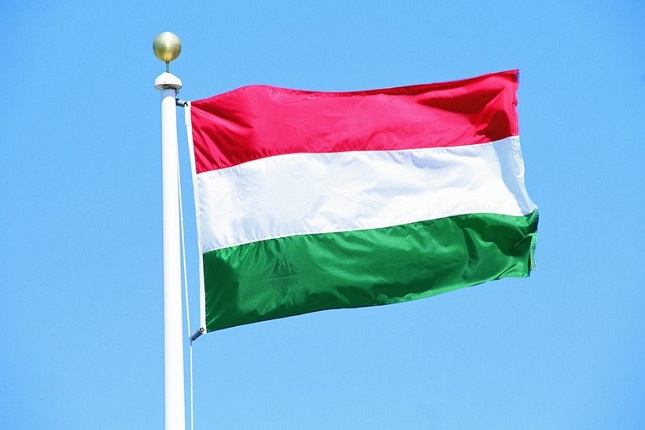Mid-May saw a rapid deterioration in Tajikistan's part of Pamir. The government's crude course on protests by sheer force has led to the point of no return being passed in the autonomous region known by its Russian abbreviation, GBAO. And exactly how the "Pamir question" will be resolved is to affect entire Eurasia.
Another surge of the standoff in Gorno-Badakhshan set off on 14 May when a famous meeting was held in Khorog, the regional capital, when it was decided to start peaceful protests demanding no more prosecution of local activists, fair investigation of the incidents of law enforcers killing civilians, and removal of military check posts from the region.
Demonstrations evolved into clashes with law enforcers, which lasted days. A special operation resulted in dozens killed, including some respected local leaders and over 150 detained. Officials in Dushanbe, the national capital, said dozens of firearms, some hundred hand grenades, and Molotov cocktails were seized.
The government never tried to negotiate with the protesters, accusing them of terrorism, Islamism, and relying on help from foreign extremist actors. Those foreign actors did indeed take part in the conflict's media aspect – some beginning a week before the "hot" phase.
First, it involves the US setting course on rapid institutionalisation of regional conflicts in Afghanistan (the region of Badakhshan includes some adjacent Afghani territory) and Tajikistan. Americans hurried to drag out of their "archives" Muhiddin Kabiri, a leader of the United Tajik Opposition (UTO) and the officially banned Islamic Renaissance Party of Tajikistan; Kabiri warned authorities that there would be "military confrontation", making a harsh response inevitable.
Additionally, announcements appeared online of mustering a Liberation Army of Badakhshan (LAB), meant to "protect Pamir from any foes". A LAB speaker claimed that LAB would imitate Israel's Mossad "in tactics and practice", mentioning some talks with respected Shi'a leaders in Iraq. In the following statement, a representative of this online army cited expected support from Iran, Libya, Afghanistan, and Syria.
Formally, unrest in Gorno-Badakhshan has been put out by Tajik law enforcers. However, there will be no "pacification" this time. And there's more to it than mere Pamiri peoples' exasperation with Dushanbe's oppressive policies (aboriginal ethnic groups have almost no shared history with the rest of Tajikistan).
This conflict isn't about mere separatism so characteristic of post-Soviet space, where an ethnically distinct and geographically separated region demands genuine and broad autonomy or independence. GBAO case is quite different as Pamir is unique in possessing an unparalleled degree of significance for those outside players who don't like the status quo.
At Pamir, fringes of some enormous mountain ranges meet, such as Hindu Kush, Karakoram, Kunlun, and the Tian Shan. The inhabited part of Gorno-Badakhshan is a compact, even, a highly elevated plateau with just 200,000 living in its Tajik part (Nazir Ismailis number a total of over 15 million, residing in India, Pakistan, Iran, Syria, Europe, etc.). Closely intertwined with their homeland's geography is the autochthonous populace's adherence to an archaic worldview, seen in their distinctive culture, idiosyncratic behavioural models, and religious practices.
Pamiri Ismailism, the spiritual homeland of Ismaili communities scattered around the world, is Shi’a in form, but it is rooted in an ancient, pre-Islamic worldview. Further, local people are adept at becoming educated and adapting to other cultures, dissipating in them. The Soviet era saw much attention paid to education.
The same applies to the times after the Soviet collapse when Agha Khan IV, the leader of Ismaili Muslims (multibillionaire, UK citizen, European resident), began investing in the region's development and its residents' education, making Badakhshan and Central Asia part of the global system of Ismaili education. He has opened the University of Central Asia (with branches in Khorog; Tekeli, Kazakhstan; Naryn, Kyrgyzstan) and Agha Khan University with campuses in Karachi, Pakistan; Kabul; London; and such East African countries as Kenya, Tanzania, and Uganda. Ismaili schools accept students regardless of nationality or confession. They make no one change their religion or identity, offer high-quality secular education, modern and standardised, but do promote their worldview and values.
Geographically, as noted before, Badakhshan is located in the centre of a swastika shape whose protrusions open southward (Greater India), eastward (China), westward (the Middle East), and northward (Soviet space). War and global change at the civilisational level mean that it may be vitally important to control a small-sized region where well-preserved ancient behavioural models and worldviews may help new ones take shape, so Tajikistan won't be allowed to keep controlling Gorno-Badakhshan whose ownership will inevitably pass to a major foreign power.
China has already given it a try: Tajikistan was forced to cede a chunk of Badakhshan, where China built a military base some years ago. Chinese control over Pamir is unjustified militarily and geopolitically, and new owners of GBAO will muscle out the base. In case of bloodshed, Moscow and Washington will do whatever it takes to protect residents.
Russia's army can deploy peacekeepers quite soon while formally recognising GBAO as part of Tajikistan. Americans have a different project in mind: create an Ismaili monarchy sweeping over both Tajikistan's and Afghanistan's parts of Badakhshan, and make it up for the Tajiks by setting up Greater Tajikistan, which is to include northern Afghanistan in exchange for lost territories. The question remains: who will dare act first?
